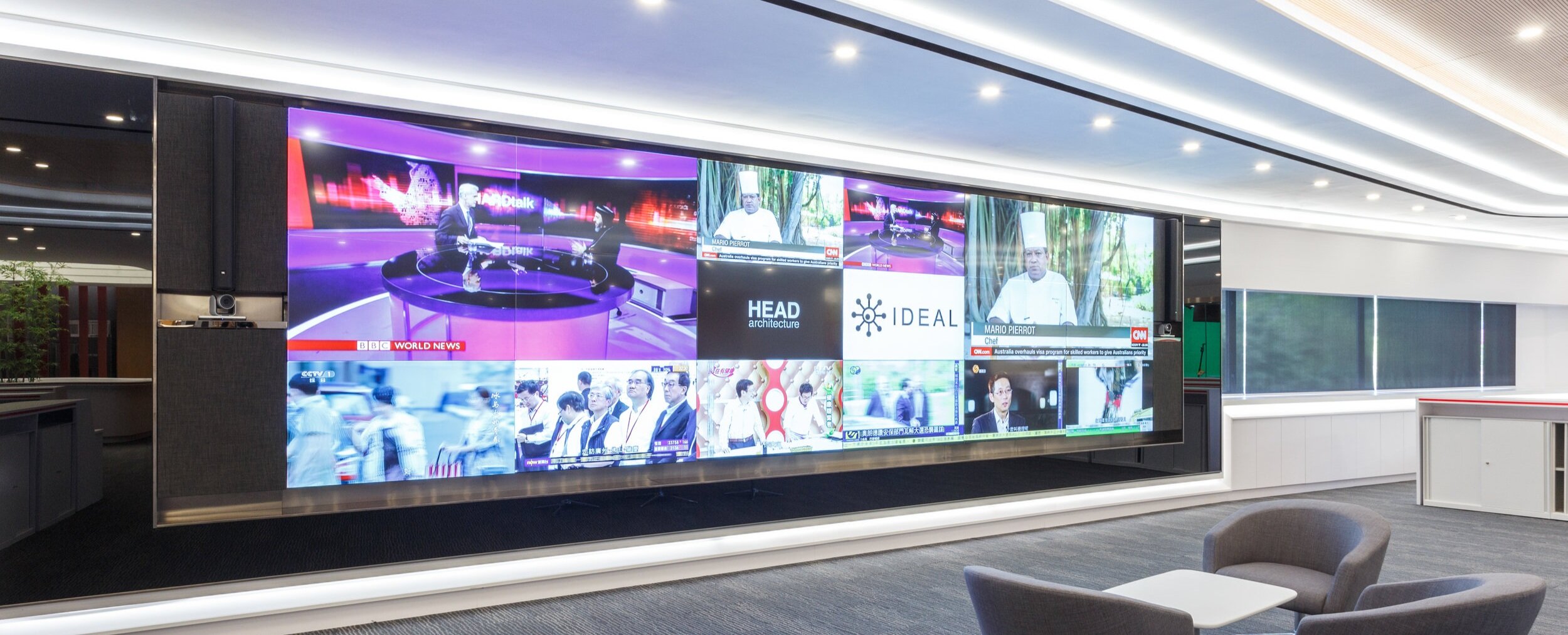
Classic display methods, like CRTs, have been present for many decades. They were commonly used in televisions and PC monitors. However, CRTs have a shorter duration, generally lasting approximately 10,000 to 20,000 hours of operation. This means that after a couple years, consumers may observe a decline in picture clarity, such as dimming or color deformation. In contrast, LED wall panels can last significantly longer, frequently exceeding 50,000 hours. This extended duration means that consumers can enjoy reliable functionality without the need for regular substitutions.
Another important factor to take into account is energy conservation. LED panel panels consume less Visit This Link energy than traditional displays, which not only benefits the ecosystem but also reduces electricity expenses. For example, while a CRT monitor may use approximately 100 watts of power, an LED screen can consume as little as 30 to 50 watts. This discrepancy in power consumption adds to the total longevity of LED technology, as reduced power consumption generates less thermal energy. Excess thermal energy can damage electrical parts, resulting to a shorter lifespan for conventional screens.
In addition to their longer duration and power efficiency, LED wall panels also provide enhanced image quality. They offer more vivid hues and better contrast, making them perfect for multiple applications, from advertising to educational displays. The technology behind LED panels enables for a broader sight angle, meaning that images remain sharp and lively even when seen from the side. This is a significant advantage over traditional displays, which often suffer from hue distortion and diminished luminosity at wider perspectives.
In summary, the longevity of LED panel screens in contrast to traditional display methods is a key factor for buyers to consider. With durations that can surpass 50,000 hours, power efficiency, and superior image clarity, LED innovation offers many advantages. As innovation continues to advance, LED wall screens are probably to become even more common in multiple settings. Grasping these differences can assist individuals and entities make improved choices when investing in screen innovation, ensuring they get the best value for their needs.